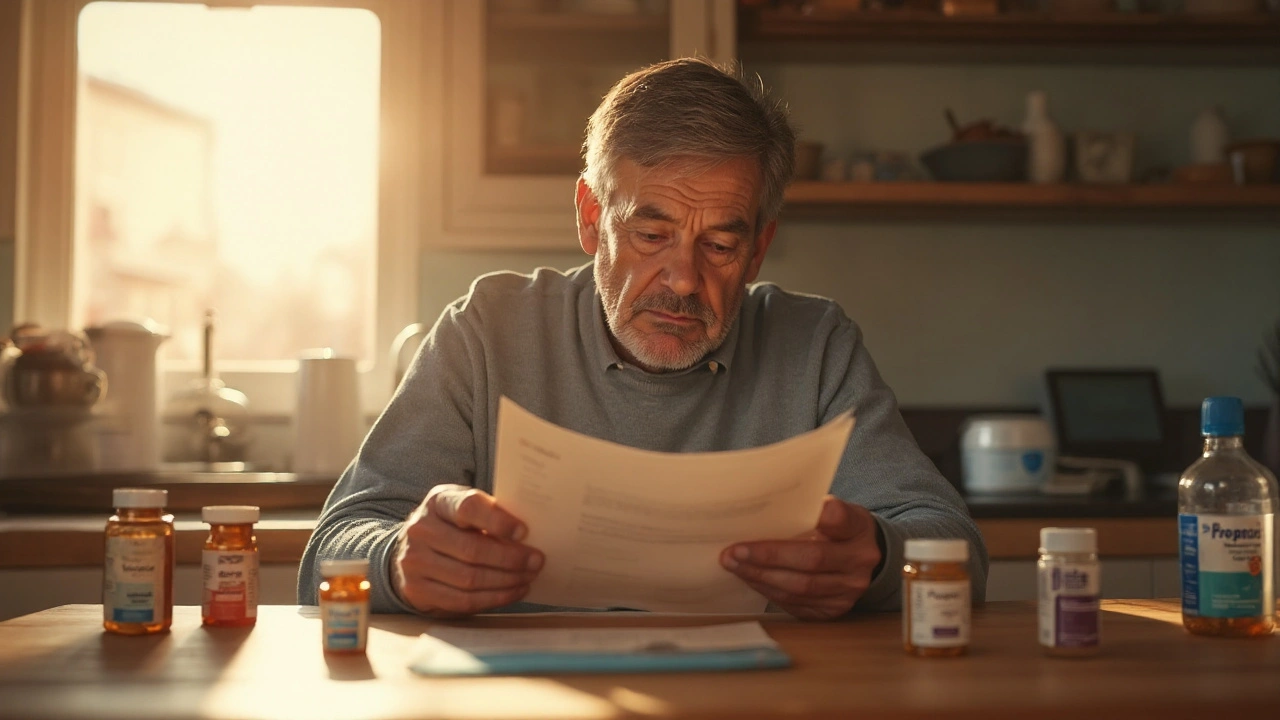Angina: What It Is, How It Feels, and How to Treat It
Angina is that tight, squeezing pain in your chest that shows up when your heart isn’t getting enough oxygen. Most people feel it during effort—like climbing stairs, walking fast, or feeling stressed. It can also pop up at rest if the blockage is severe. Knowing the signs early can stop a bigger problem.
What feels like angina?
The classic sign is a pressure or heaviness right in the middle of the chest. Some describe it as a band tightening around the torso. The pain may spread to the left arm, neck, jaw, or even the back. It usually lasts a few minutes and gets better when you stop the activity and rest.
Other clues include shortness of breath, nausea, sweating, or a feeling of dizziness. If you have any of these with chest tightness, treat it as angina until a doctor says otherwise. Don’t ignore it because the heart can’t afford to wait.
How to manage angina safely
The first step is to see a doctor. They’ll run an ECG, maybe a stress test, and decide if you need medication or a procedure. Common medicines include nitroglycerin, beta‑blockers, calcium channel blockers, and aspirin. These work by widening the arteries or lowering the heart’s workload.
While you’re waiting for treatment, these quick habits help:
- Stop any activity that triggers the pain and rest for a few minutes.
- Take a prescribed sublingual nitroglycerin tablet if you have one—place it under the tongue and wait a few minutes for relief.
- Avoid heavy meals, cold drinks, and smoking right before exercise.
- Keep a light, balanced diet low in saturated fat and high in fruits, veggies, and whole grains.
- Stay active with gentle walks; the goal is to improve circulation without over‑exertion.
If the pain doesn’t ease after 5–10 minutes of rest or nitroglycerin, call emergency services. That could mean a heart attack, which needs immediate care.
Long‑term, manage risk factors. Control high blood pressure, lower cholesterol, quit smoking, and keep your weight in check. Regular check‑ups let your doctor adjust meds as your heart improves.
Remember, angina isn’t a death sentence—it’s a warning sign. Treat it like a traffic light: red means stop, yellow means be cautious, and green means you’re safe. By recognizing the symptoms, getting proper treatment, and living heart‑friendly, you can keep angina from turning into something worse.

- 13 Comments
Unpack what Procardia (nifedipine) actually does for blood pressure and angina, learn about its side effects, real-world tips for users, and what research says about its safety.